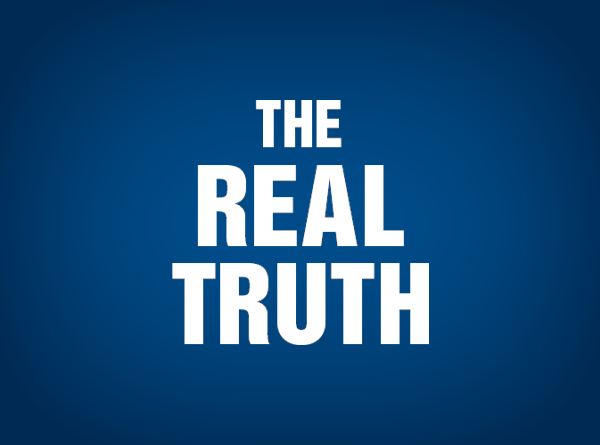World News Desk
Learn the why behind the headlines.
Subscribe to the Real Truth for FREE news and analysis.
Subscribe NowGovernments and international relief organizations are racing to provide disaster assistance for the survivors of the tsunami that struck the Solomon Islands on April 2. Nearby Australia is contributing $2 million and the United States $250,000 toward emergency needs—tents, food, utensils, containers, clean water, medical supplies, clothing, tools, sanitation—and reconstruction.
The April 2 tsunami—initiated by an 8.1 magnitude earthquake 6.2 miles beneath the seafloor and about 25 miles from Gizo—sent 10-foot-high waves crashing down on the beaches of the Solomon Islands.
At least 13 villages are gone, 34 people were killed and many have been reported missing. Approximately 1,000 homes were destroyed on Choiseul Island, 500 homes in Gizo, and 300 in Sasamunga. Nearly 5,600 villagers were forced to seek shelter in makeshift camps in the hills. One camp is crowded with 2,000 disaster victims.
The earthquake, which struck at 7:39 a.m. local time, has triggered at least 50 aftershocks, with several reaching 6 or higher on the Richter scale.
The threat of malaria, cholera and other disease outbreaks is a real concern. A diarrhea outbreak is already occurring among the camps, as clean water and sanitation is scarce due to wells that were destroyed in the quake.
Survivors and aid workers are complaining that relief efforts have been chaotic and slow, the Canadian Press reports, due to the remoteness of the affected region and a local shortage of supplies that could be shipped to the disaster zone. The United Nations estimates that the earthquake-tsunami disaster has affected 50,000 people.
Australia and New Zealand have flown in military transports bearing necessities. The chief executive of World Vision, an Australian aid organization, said, “I’m sure their hearts go out to people here, particularly because the number of natural disasters has increased four fold in the last 15 years” (Sydney Morning Herald).
More on Related Topics:
- Nearly 250 Million Children Missed School Last Year Because of Extreme Weather, UNICEF Says
- What to Know About the Devastation from the Los Angeles-area Fires
- Los Angeles Wildfires Rage Out of Control, Testing Firefighting Resources
- A Quarter of Freshwater Animals Are Threatened with Extinction, New Research Shows
- After 20 Years, Indonesia’s Post-Tsunami Generation Stays Vigilant for Future Disasters


